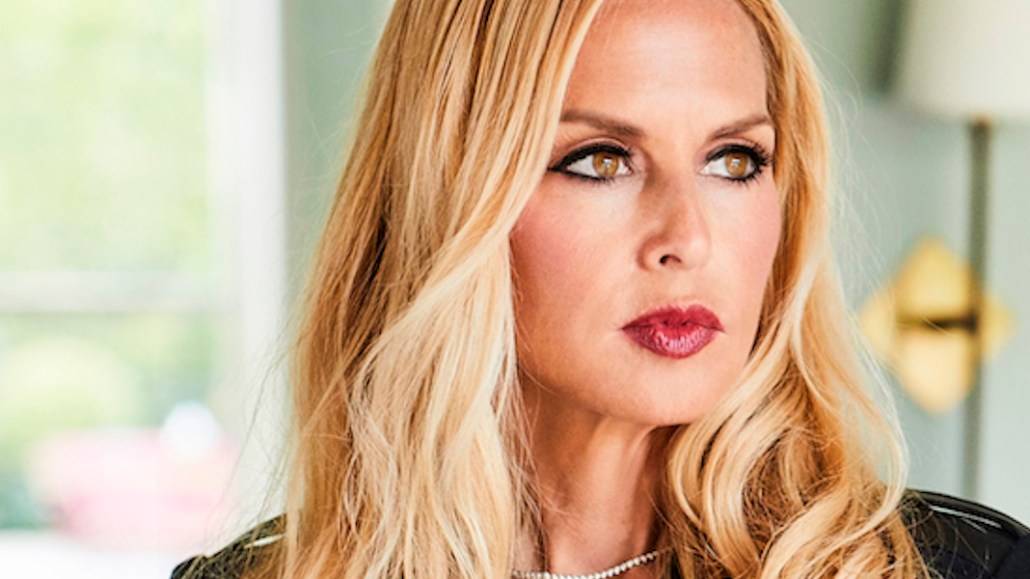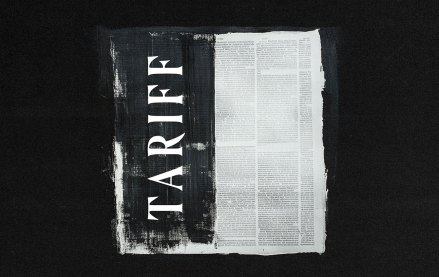Register by Jan 13 to save on passes and connect with marketers from Uber, Bose and more

Rachel Zoe launched her brand in 2011, as direct-to-consumer businesses were booming online. But even though she already had a following from her time spent working as a celebrity stylist and sending out her then-newsletter, The Zoe Report (now a media company), Zoe targeted traditional retailers first.
“Starting my brand in the traditional sense just felt right,” said Zoe. “Taking time to actually understand your customer on your own takes years.”
Zoe didn’t launch her own e-commerce site for the brand until 2016, in fact, but since finally coming around to selling direct online, she and her brand have been much more experimental. She’s also become more entrepreneurial: In addition to her fashion line, she’s in charge of The Zoe Report as well as Box of Style, a subscription box of clothing and other lifestyle products chosen by her and her team.
Zoe joined the Glossy Podcast to discuss the perks and downfalls of traditional retail, her take on see-now-buy-now, her plans to open Rachel Zoe stores and how she uses customer data to her advantage. Edited highlights, below.
On her relationship with wholesale
When Zoe first launched her brand, it was immediately available in 250 doors in the country, at stores like Intermix, Bloomingdale’s and Bergdorf Goodman. With that came a lot of exposure, as well as a lot of noise from buyers who suddenly had a say in what her collection should look and feel like. The downside of the department store middleman is that they have their customer, not the designer’s, in mind, at the end of the day.
“I didn’t know how to navigate that [relationship] very well. When someone’s asking you for product, you say yes,” said Zoe. “The traditional market is helpful, in terms of buyers telling you what they need, and what trends you may or may not, but you can lose yourself in that. You have to stick to what you stand for.”
On opening up an e-commerce store five years after launch
E-commerce seems like a no-brainer for brands today. Having a direct connection with customers that isn’t muddled by the demands of a team of buyers helps build a lasting relationship. But Zoe said it’s not as easy as just launching a store online.
“You can’t just wake up and say you want to sell online on your own,” she said. “You have to have the time, the people, the tech and the inventory, plus the understanding of what you’re selling to the customers, why and when she would come to your site, and what you offer that’s different. It’s been an unbelievable experience since we launched, because it gives us so much insight into the customer — but that came with very steady and careful growth.”
On not being sold on see-now-buy-now
In February, Zoe launched a small see-now-buy-now capsule collection of eight pieces, alongside her main collection she was showing for the fall. The idea was that those who wanted to wait for the full collection and shop it traditionally could; those who wanted the immediate gratification could shop right away. She decided not to bring back the capsule for her September collection.
“[With see-now-buy-now], you’re just chasing inventory. You’re pretending you have a crystal ball,” said Zoe. “It’s a big gamble for small brands. That said, it could be very effective. For me right now, I want to try a lot of different things for our customer and audience, and see what works the best from all sides.”
More in Marketing

What does media spend look like for 2026? It could be worse — and it might be
Forecasts for 2026 media spend range from 6.6% on the lower end to over 10% but the primary beneficiaries will be commerce, social and search.

Pitch deck: How Amazon is emerging as the proof layer for TV spend
Amazon is positioning itself to advertisers as the “first-stop shop” for planning, buying, optimizing and measuring TV.

Here are the 2025 brand winners and losers of tariffs
Tariffs completely upended the retail industry in 2025 — and no company was left unscathed.









